The story of civilization has always had a fabric in it. Be it the fibers woven into primitive clothing for protection against the cold, or the intricate, elegant textiles we adorn ourselves with today, fabric has always been an integral part of our lives. In the present twenty-first century, however, the functions of fabric have moved beyond comfort and aesthetics, now venturing into the realms of science, technology, and digital protection.
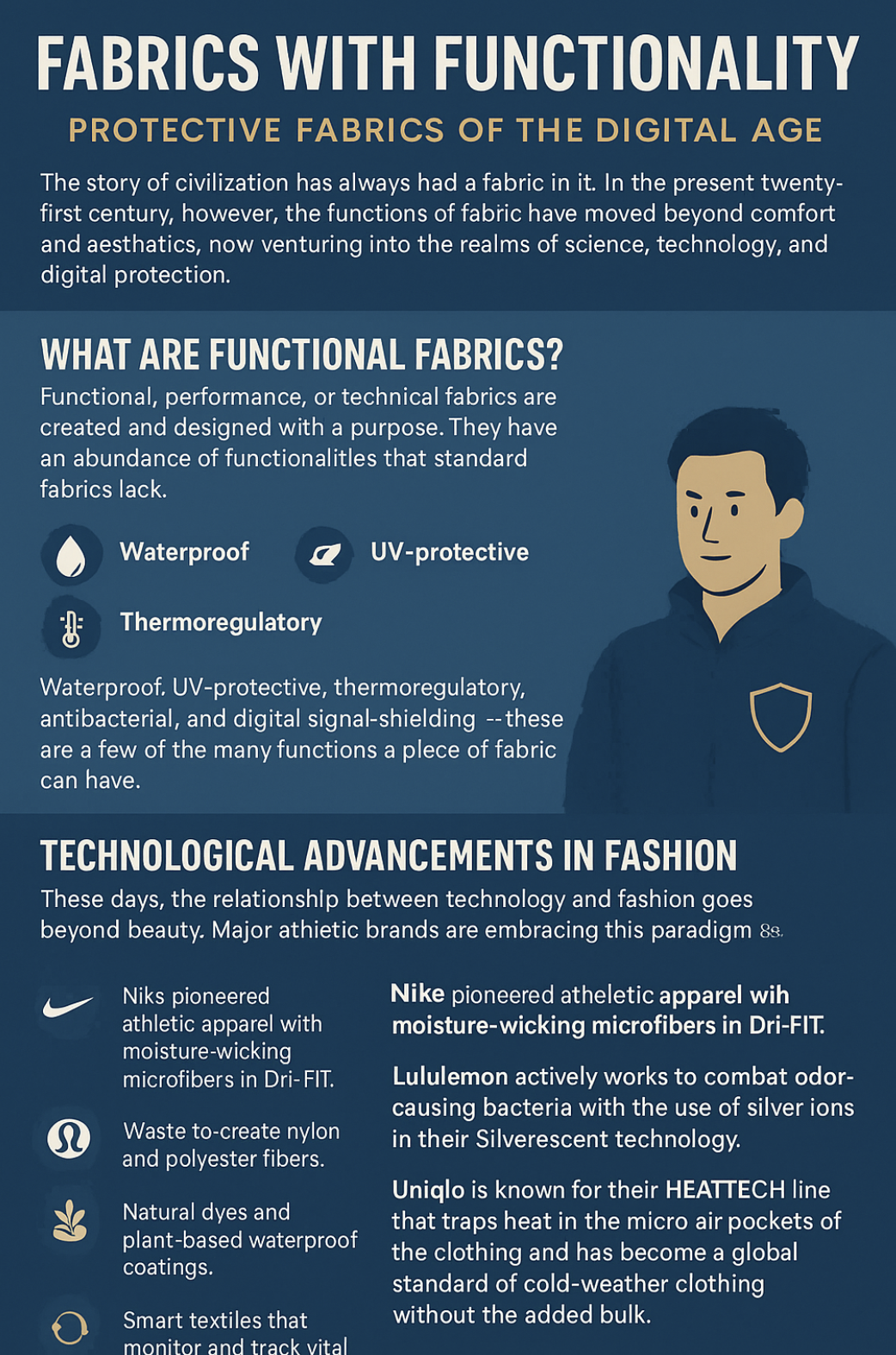
The invention of functional fabrics has changed, and continues to change, the way civilization perceives materials and fabrics. Fabric as a passive, ornamental piece of clothing has been thrown into the past. Fabrics and textiles today are designed to have functions. Waterproof, UV-protective, thermoregulatory, antibacterial, and digital signal-shielding — these are a few of the many functions a piece of fabric can have. The marriage of fabric and science has truly revolutionized the entire clothing industry, especially sports and even cybersecurity.
Table Of Contents
What are Functional Fabrics?
Functional, performance, or technical fabrics are created and designed with a purpose. They have an abundance of functionalities that standard fabrics lack. Even though the garments market is dominated by cotton, wool, and silk, functional fabrics will always be present and continue to grow due to their physical and chemical attributes that enhance durability.
Here are some examples:
Waterproof, protective, and breathable fabrics (like Gore-Tex and eVent) are great for the outdoors — keeping the moisture out while letting the air circulate.
Some fabrics, during physical activities, add moisture-wicking to move and pull sweat away from the skin for added comfort.
In some fabrics, silver and bamboo charcoal are used for the construction of healthcare uniforms and masks for antimicrobial protection.
There are textiles that offer protection against harmful rays from the sun, which are worn as sun-protective clothing.
Flame-retardant fabrics are used for the uniforms of firefighters, soldiers, and workers in high-heat industries.
They change how we live every day and showcase the blending of science and modern technology. Unlike any other, they make use of nanotechnology and micro-encapsulation as well as innovative weaving.
Technological Advancements in Fashion
These days, the relationship between technology and fashion goes beyond beauty. It has become apparent that there are customers willing to part ways with their cash for more than just style and hue; they are after intelligent designs.
Major athletic brands are embracing this paradigm shift. Nike pioneered athletic apparel with moisture-wicking microfibers in Dri-FIT. Lululemon actively works to combat odor-causing bacteria with the use of silver ions in their Silverescent technology. Uniqlo is known for their HEATTECH line that traps heat in the micro air pockets of the clothing and has become a global standard of cold-weather clothing without the added bulk.
Couture designers blend function and art with 3D printing, laser cutting, and embedded sensors. High fashion brands like Burberry and Prada adopt a balance of eco-functional materials that blend performance with sustainability.
The use of functional fabrics in the fashion industry is not a passing fad. It is a shift in consumer mindset that is most revolutionary. Clothing is now viewed like any other piece of technology — it is wearable tech.
Smart and Sustainable Innovations in Textiles
With every advanced step forward in the tech industry, sustainability is a vital new deciding factor. The absence of sustainability has prompted manufacturers to find eco-friendly alternatives that perform the same as profit-driven, tech-driven solutions. Textile innovators are creating bio-based fibers from orange peels, cornstarch, and algae. Some are also using waste to create nylon and polyester fibers that perform like virgin polyester and nylon fibers without the landfill waste and pollution. Plant innovators are using natural dyes and plant-based waterproof coatings to eliminate waterproofing chemicals and reduce dyeing water.
Smart textiles are also advancing the boundaries of what fabrics can do. These materials weave fibers into fabrics along with electronics or sensors, enabling them to monitor and track vital signs, store energy, and connect with other smart devices. Medical smart fabrics can monitor and track the user's hydration and heart rate, while motion-analyzing smart sportswear and thermoregulating smart home textiles adapt to temperature and lighting conditions.
Out of all these innovations, the one that truly stands out is the ability to protect our digital privacy.
From Fashion to Digital Protection: The Role of Signal-Blocking Fabrics
Digital devices have become a huge part of our daily lives, but they have sadly become another source of legal protection abuse. Smartphones, credit cards, as well as other contactless tools, are very risky as they contain sensitive and highly trackable information. Signal-blocking or Faraday fabrics have stemmed from the abuse of the information contained in such devices, as a new means of protecting private and personal information.
These fabrics are high-tech, made of a conductive net of copper, nickel, and silver, and they block sensitive info by covering RFID, Bluetooth, Wi-Fi, and GPS signals. The use of a Faraday cage — a term coined in the 1800s — is what is utilized to block electromagnetic fields in the fabrics.
These fabrics first came into the market because of the military and aerospace industries. Now, they are used in everyday items. A few of the many desired products for people and companies focused on information protection are Faraday bags, RFID-blocking wallets, and anti-hacking pouches.
Read this article to learn more about how Faraday fabric is changing the game for digital privacy.
Users can wield greater control over their digital presence and block unwanted signals thanks to these fabrics. Wireless data theft, which is all too real, is increasingly problematic. This is where these Faraday fabrics come in. They offer real peace of mind to travelers, journalists, and government officials who need to hide their private data and information.
Almost daily, more and more designers come up with creative and functional uses for these fabrics. Consider a stylish handbag that offers the added functional benefit of obstructing unwanted data access, or a sleek minimalist backpack that doubles as a privacy barrier. Faraday fabrics may soon become even more common than waterproof coatings or UV-protective fabrics. Daily cyber concerns will become as commonplace as waterproof coatings.
Sector and Industry Usage
Beyond clothing, the usage of functional and signal-blocking fabrics is endless. In the automotive sector, interdisciplinary research integrates conductive fabrics into EMI-shielded consoles and touch-sensitive cabins. In aerospace, advanced lightweight fabrics focus on temperature control, radiation protection, and other aviation uses. In the healthcare sector, fabrics made using conductive and antibacterial fibers are used for hygiene and medical monitoring.
In architectural design, light-active membranes and self-cleaning textiles can even store solar energy. The defense and communication sectors also rely on advanced fabrics for stealth insulation and protection.
The advancement of these diverse industries tells one fundamental truth: functional fabrics are unbounded and limitless innovations. They stand among the elemental pillars of material science.
What Can We Expect from Functional Fabrics?
As for the future, it looks bright and limitless. Advanced self-healing textiles that analyze and process environmental data are included in the latest research. AI textiles that can self-correct, self-heat, and self-soften into biodegradable fabrics are being developed to disintegrate after use.
Designed to assist the user in a number of ways, advanced fabrics can store energy for field use and camouflage devices that track biometrics. For the logistics and military sectors, such innovations are also being explored.
In everyday life, smart textiles can create curtains that respond to sunlight, seats that wirelessly charge phones, and carpets that adjust to user comfort.
Until the day the digital world becomes threat-free, custom-designed privacy clothing will see increasing use. Just imagine when your jacket is a nice accessory to your outfit that keeps your signals safe.
Conclusion
The development of fabric and textiles is another example of human evolution. We started weaving fibers to create protective coverings needed to survive, and from there we now engineer them to protect us from technology — and even to enhance it. We have become active creators by engineering everyday materials, rather than passively consuming them.
These materials have founded a new era of intertwining creativity and science, proving that stealth tech can be creatively embedded into fabrics that can be used daily and kept outside of screens and circuits.
These new materials and technologies ensure sustainability and privacy. Advanced flexible materials embody the functional tech and fabric integration that harmoniously coexist. We are assured that the interconnected age will be further advanced, where the future is more than just a vision of a connected world.



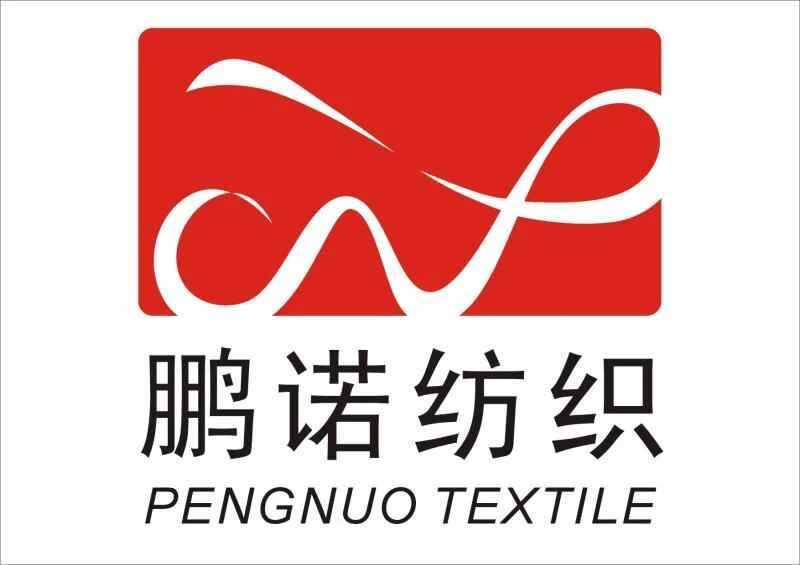

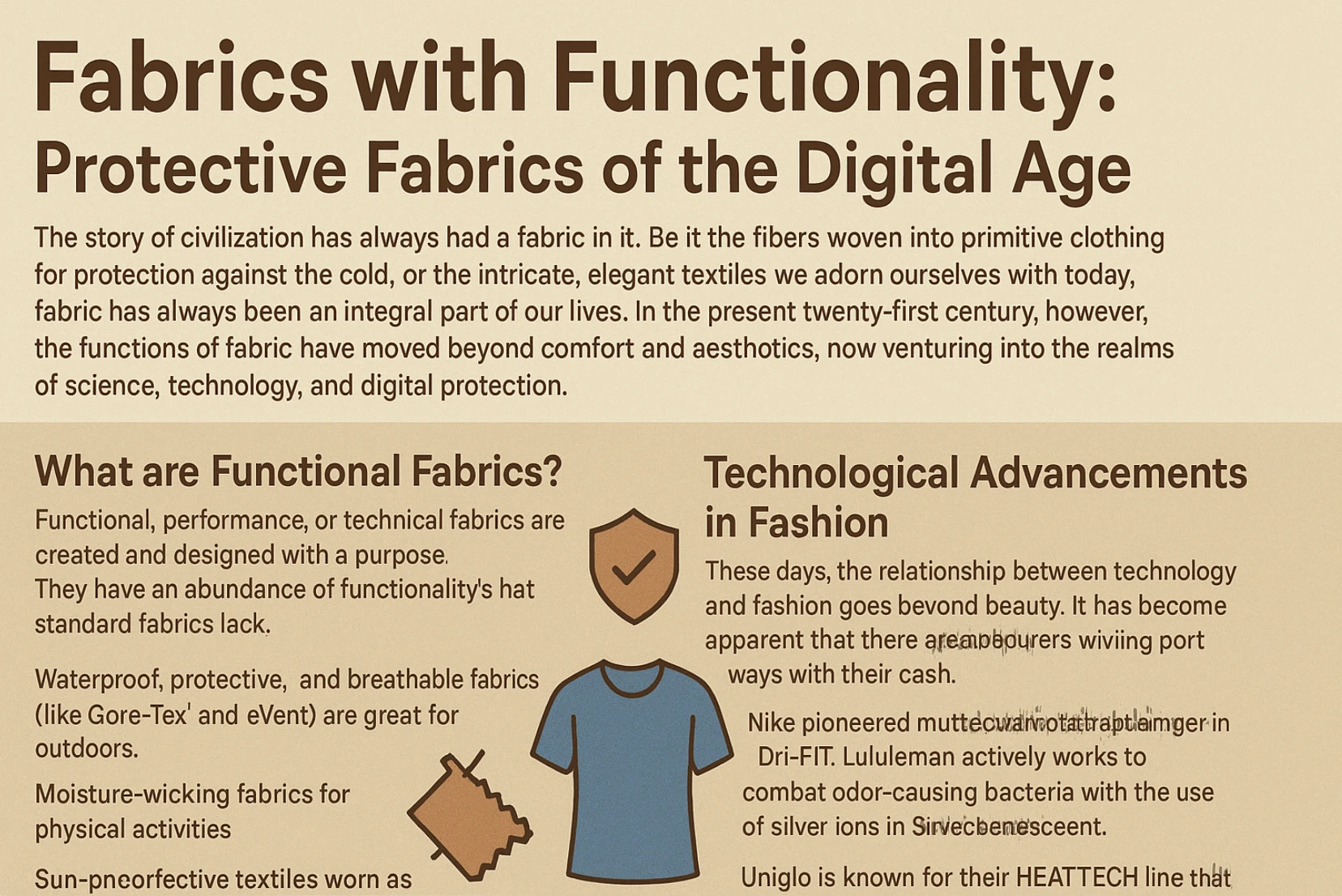

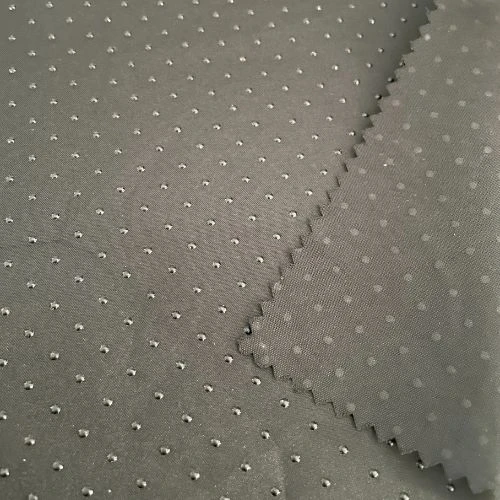
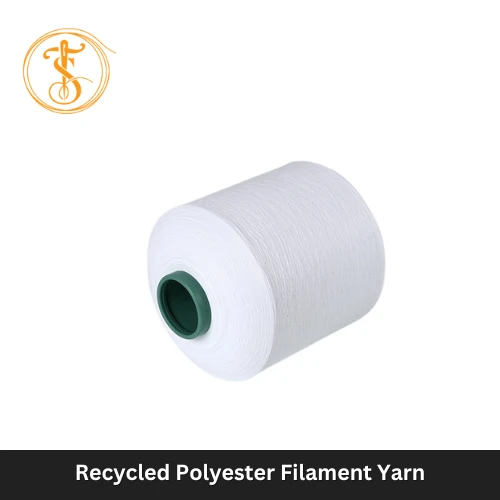
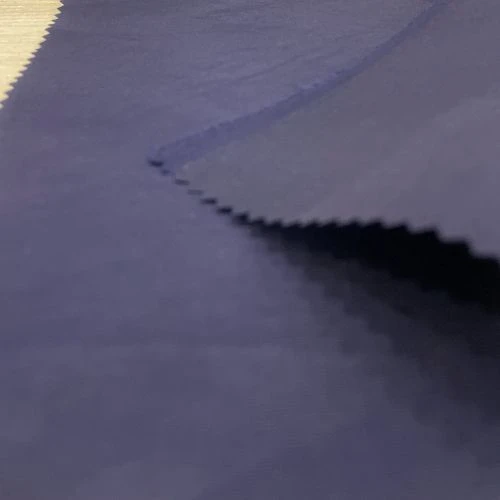
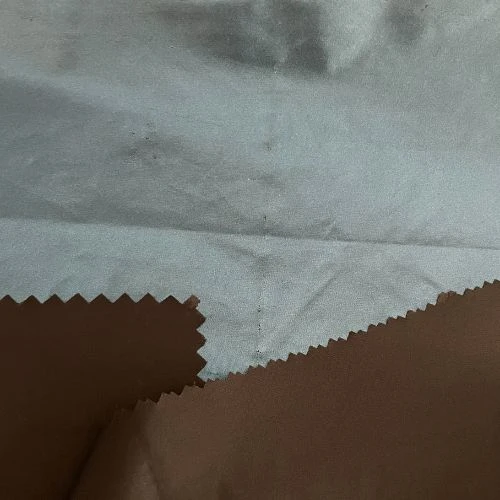
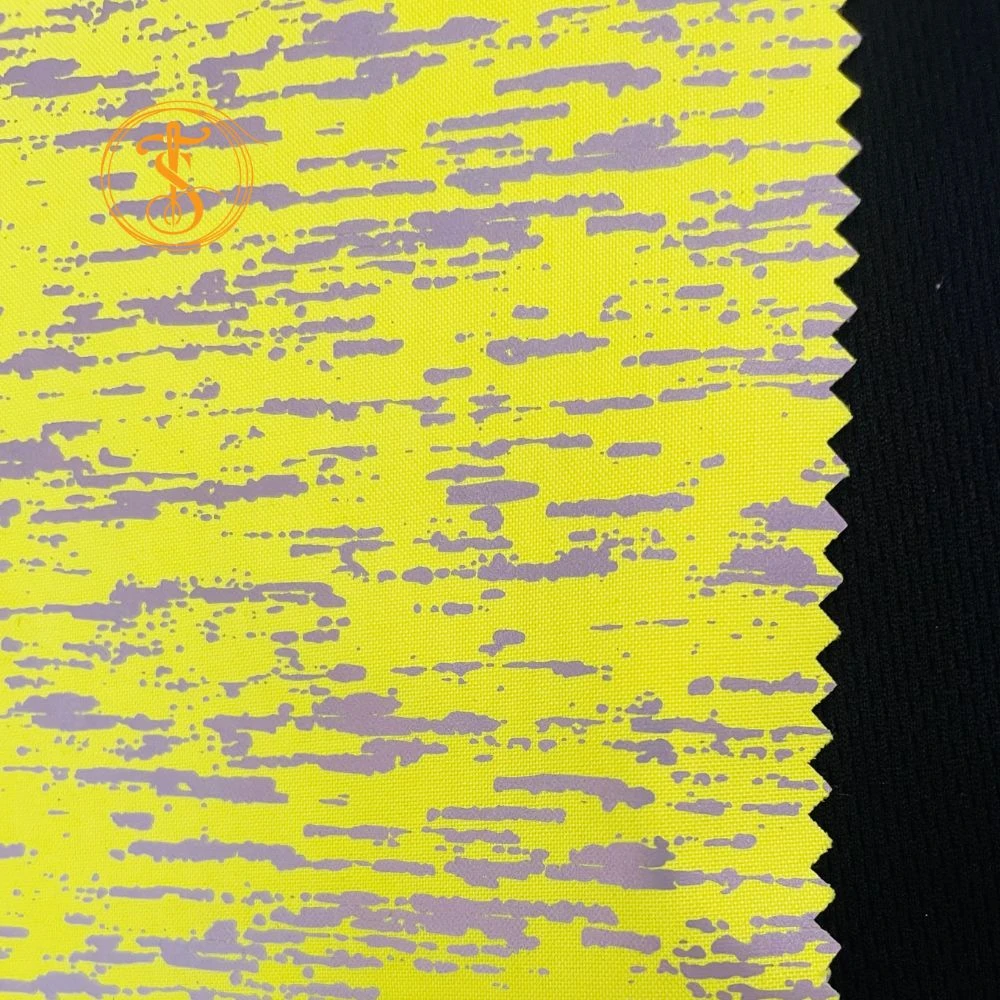
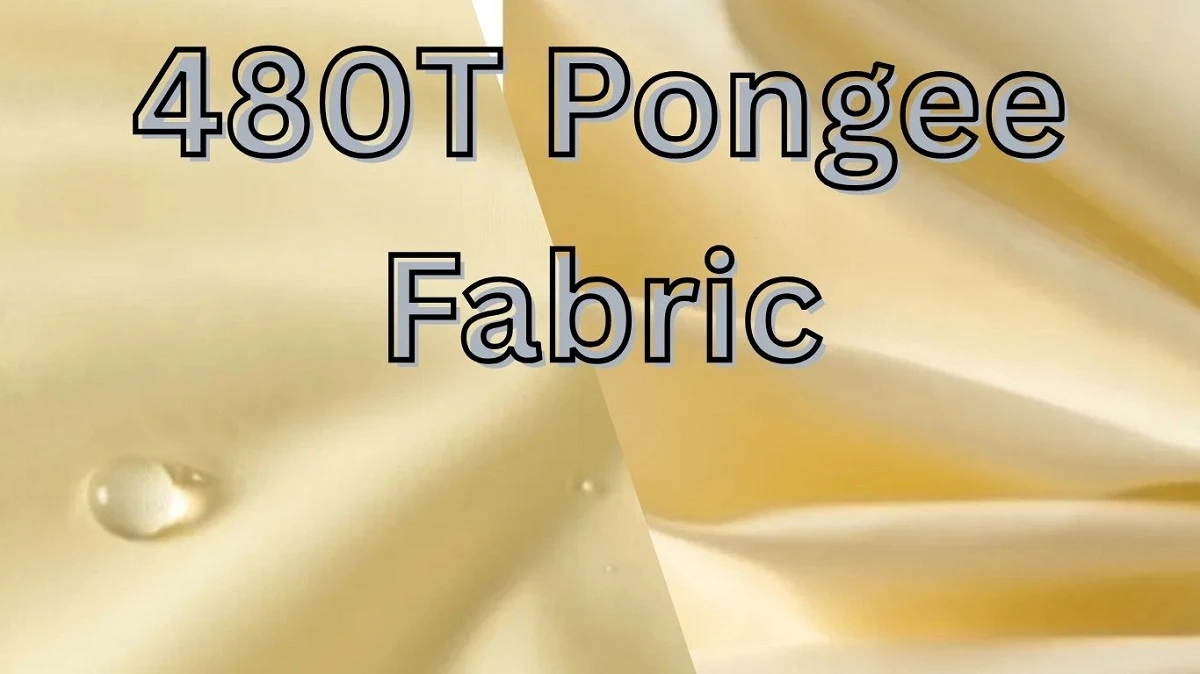
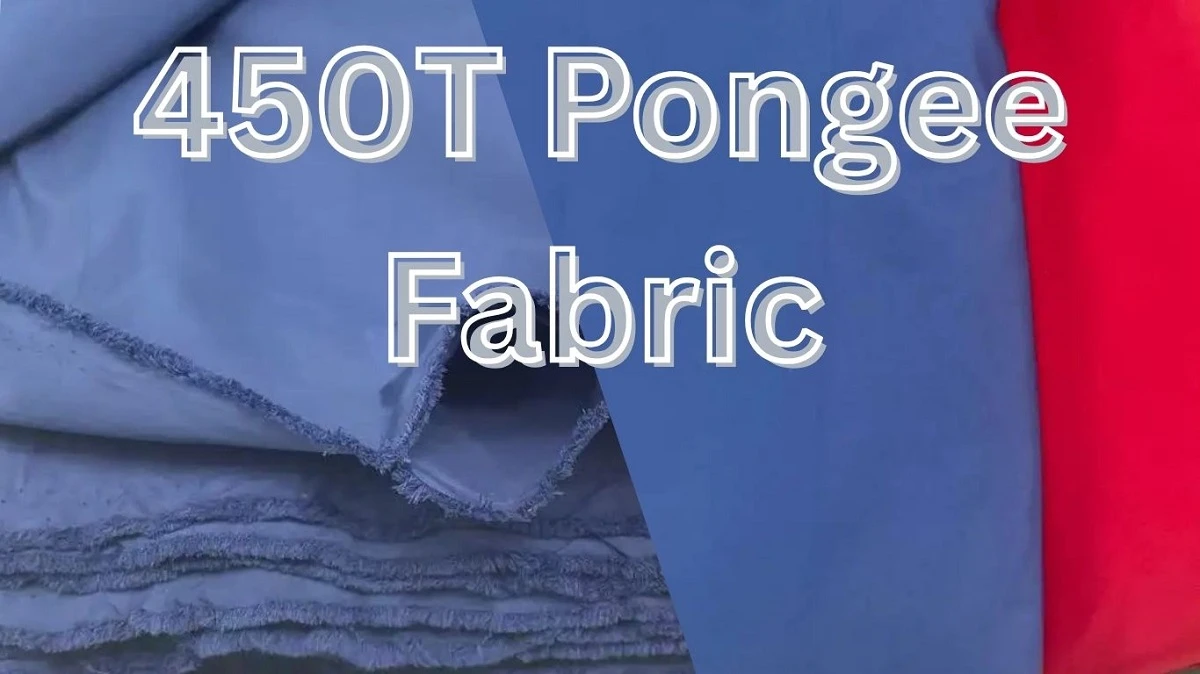
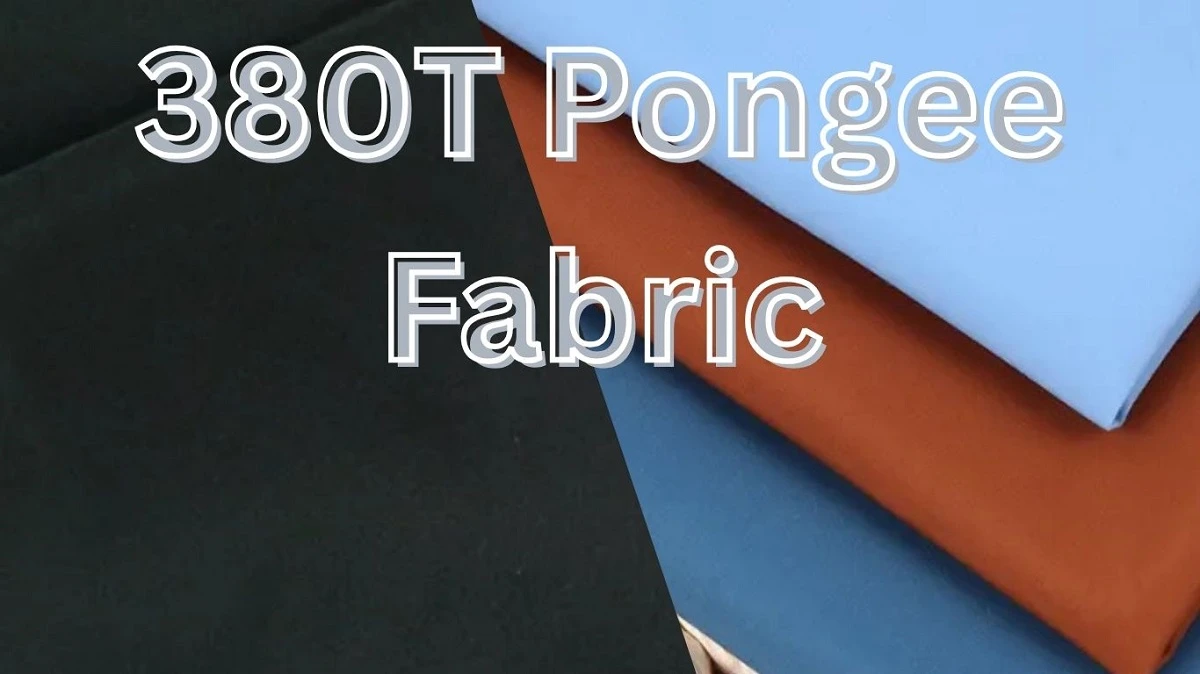
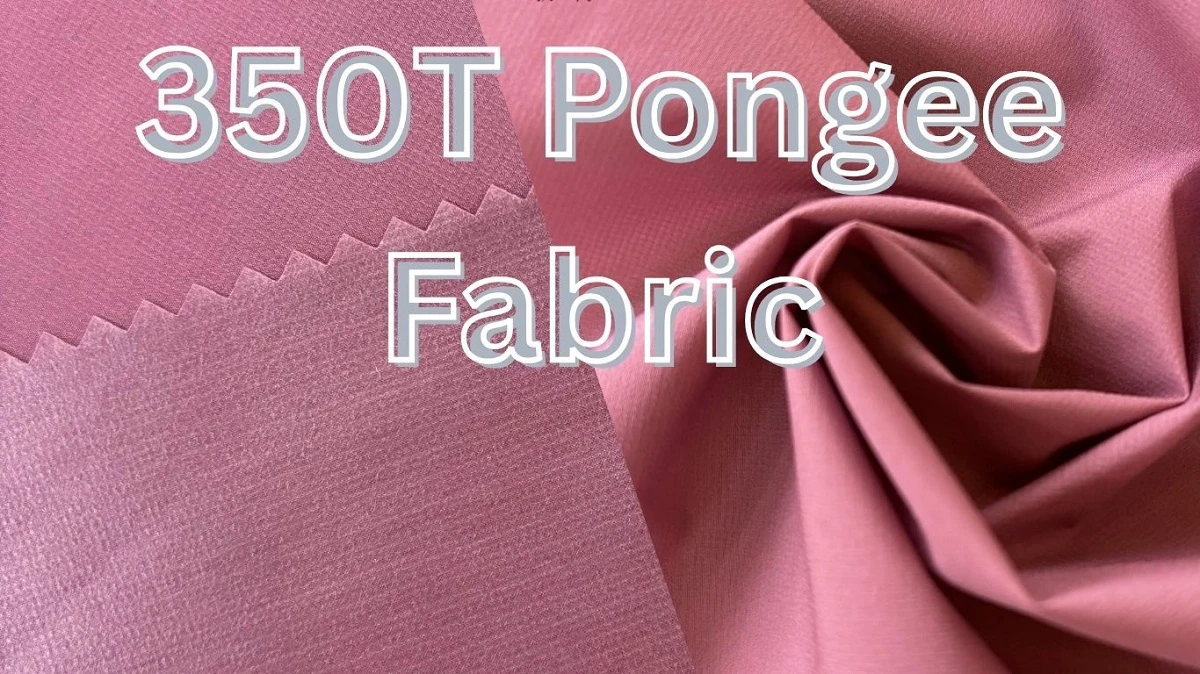
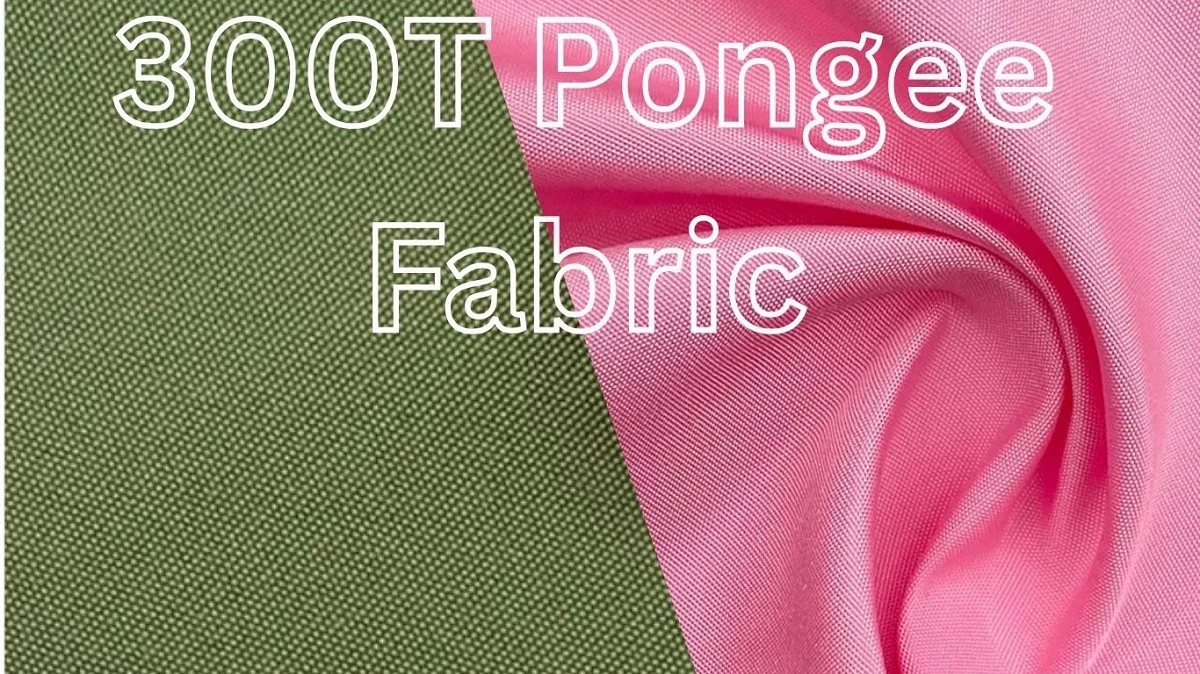
Comments - 00
Leave A Reply
Thanks for choosing to leave a comment.